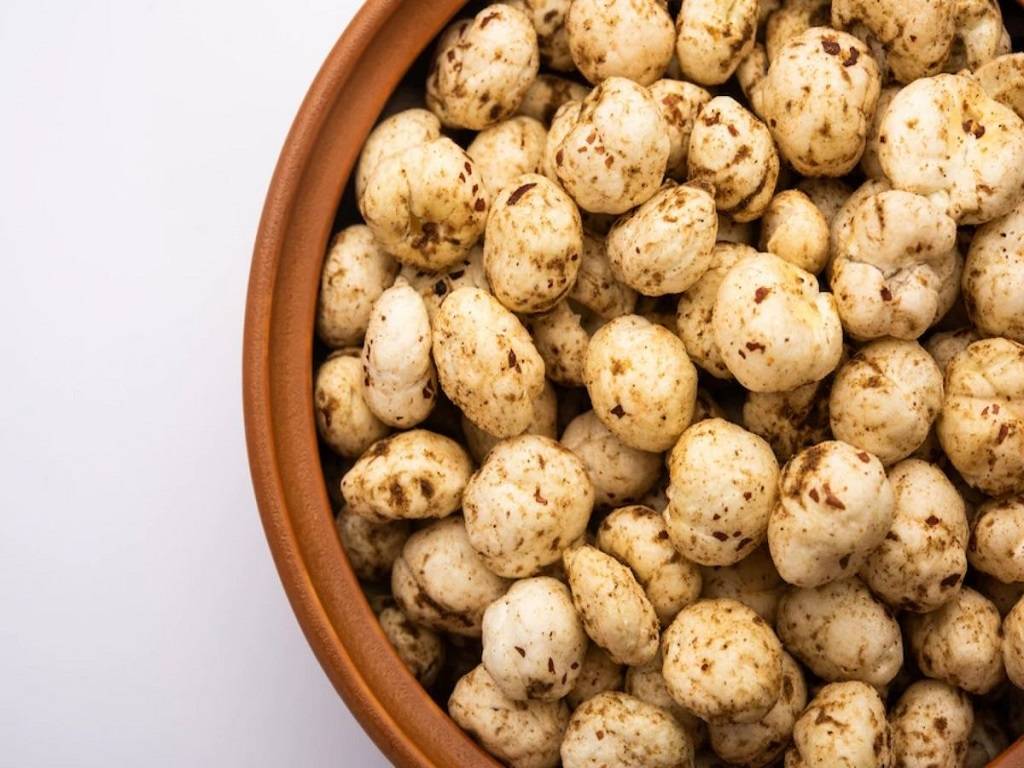
Have you heard of the Mithila Makhana of Bihar? Yes, that delightful and healthful snack is now among those with the Geographical Indication (GI) Tags in India. Recently, the Union Government has given the GI Tag to Mithila Makhana of Bihar. The inclusion of these fox nuts on the GI Tag list will encourage trade while helping manufacturers in making the maximum profit.
What Is Mithila Makhana?
This fox nut's scientific name is Euryale Ferox Salisb. In the Mithila area of Bihar, it is recognized as a unique form of Aquatic Fox Nut. The makhana can also be found in the adjoining area of Nepal. The food is believed to be enjoyed by Maithil Brahmins during Kojagara Puja, which is a ceremony for newlywed couples.
Benefits of Mithila Makhana
Mithila Makhana is an incredibly wholesome and delicious snack. According to reports, these fox nuts are high in protein and fiber.
It is said to be low in calories, fat, cholesterol, and sodium, making it the perfect weight-loss snack.
Makhanas have a lot of magnesium and minimal sodium, making them beneficial for individuals who have high blood pressure, heart diseases, and obesity.
These seeds are said to include an enzyme that prevents aging and helps repair damaged proteins. Kaempferol, a naturally occurring flavonoid also present in coffee, lowers inflammation and slows the aging process.
According to Ayurvedic theory, fox nuts contain astringent properties that are advantageous for the kidneys. Makhanas are rich in protein, low in gluten, and high in carbohydrates.
Additionally, it contains micronutrients including magnesium, calcium, phosphorus, and iron. You may now include this GI-tagged snack on your diet plan.
How can you use Makhana?
The diversity of makhanas as a food ingredient makes them even more intriguing. From chivda to kheer, a range of delicious dishes may be made with a few makhanas. The Mithila area of Bihar is where the roasted makhanas are most frequently consumed. One of the most auspicious and popular vrat meals in the Hindu religion is makhana kheer. In addition to the methods listed above, Makhanas are consumed in several additional ways across the world.
















